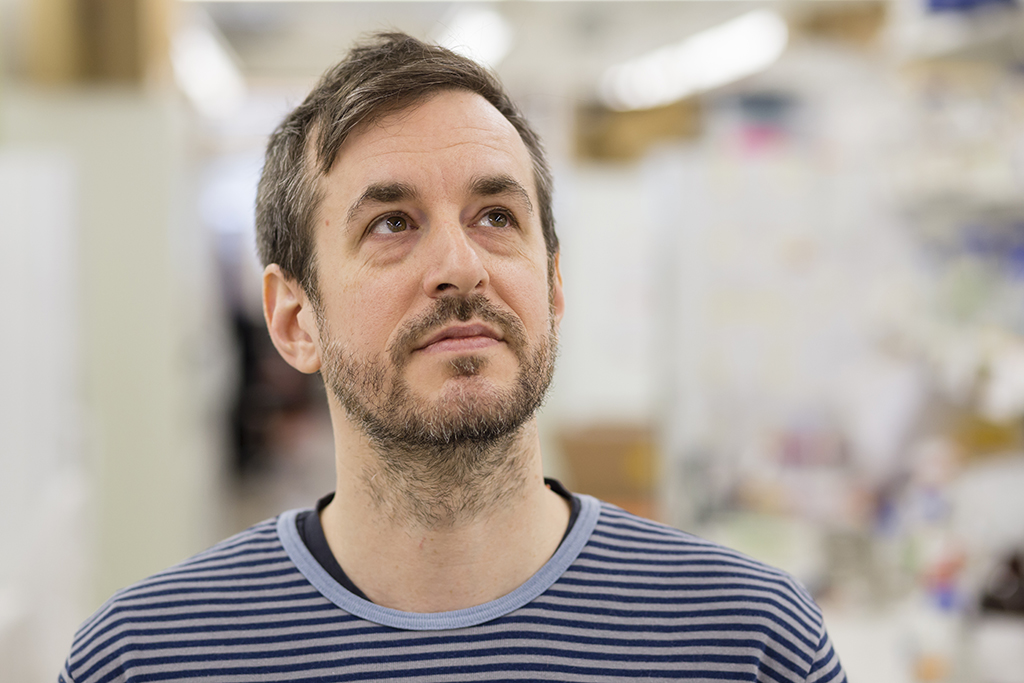Marc Friedländer traces origins through microRNA
The number-loving computational biologist and smørrebrød master Marc Friedländer and his research group has recently discovered a way to tell what species tissue samples come from, by using microRNAs. Now they set out to revolutionize the field.
Marc Friedländer is a computational biologist and thereby spends most of his days at his computer. When asked if it can be tedious to constantly analyze numbers, he simply answers “no”, followed by a moment of silence before bursting into a laugh. He absolutely loves numbers, he says. A lot more numbers should be used – in newspapers, everyday life and everywhere possible, if he would get to decide.
“I never find numbers tedious, I always find them exciting”, says Marc Friedländer.
He began his academic journey studying analytical philosophy, but felt that he was evaluated on rhetorics rather than on what he knew. He wanted to study something concrete, wanted to know more about the world he lived in. The choice fell on general biology – zoology, botany, ecology and doing field work, but his interest for genetics and molecular biology, the small stuff, grew stronger.
“By the time I started my first course in molecular biology it became clear to me that this was something I wanted to do for the rest of my life. I realized that there’s a second world, or a second aspect of nature, that we don’t see in everyday life, but that’s just as rich and just as intriguing. I got completely hooked on that”, says Marc Friedländer.
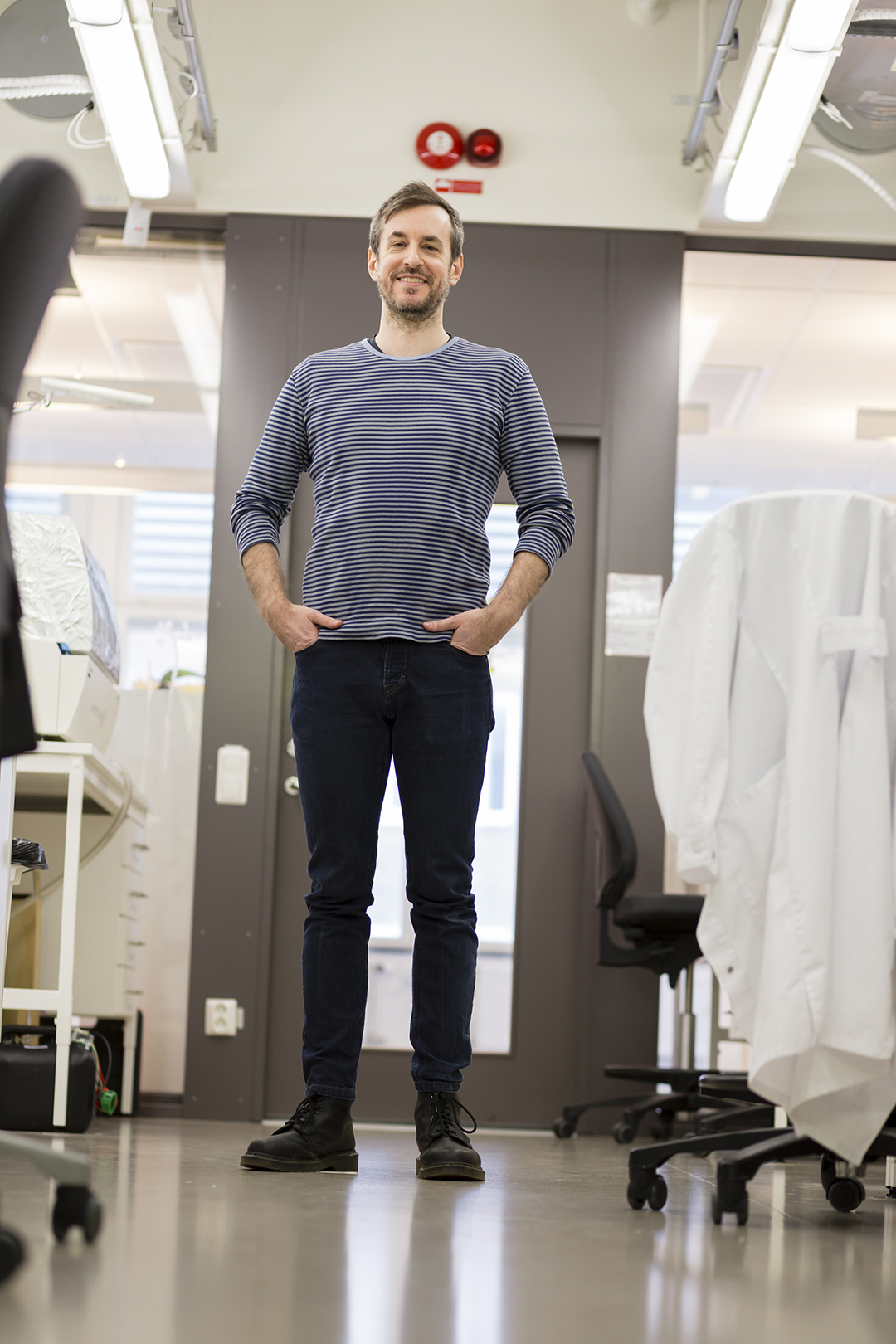
Despite the realization of having found his passion, he missed the numbers. In the textbooks, he saw cartoons of proteins interacting with other proteins. But how many are there per cell? How strongly do they bind together? All these quantitative questions were left unanswered, he felt. When he got his bachelor’s degree in biology, he heard of a new master’s programme spearheaded by professor Anders Krogh, one of the founders of modern biological sequence analysis – the stars had aligned.
“That was the first time I started to learn how to code. I found it very frustrating at first, but it was incredibly rewarding when it actually worked, it became clear that I wanted to work with bioinformatics”, says Marc Friedländer.
An early start
Marc Friedländer’s passion for numbers seems to have been with him for a long time. As a child he was called “the Professor”, due to his love for books and facts. His interest for the natural world also came early: His father had a pet shop. With the boundaries of the store and their home not being entirely clear, there were plenty of opportunities to engage with the animals. If visiting the Friedländer home, you could find fish, birds, rodents, turtles, snakes, chameleons, parrots and the like.
“Many of these animals were sort of transited between the pet shop and our home, so we had all kinds of exciting pets in my home all the time, beside the usual cats and dogs”, says Marc Friedländer.
Today, his interest in nature remains but is condensed into the tiny bits of it – molecular biology, and more specifically microRNAs.
Tracing origins through microRNA
Marc Friedländer and his group lives and breathes microRNAs, or miRNAs as they are called. So, what are they? To start off with, they can be found in basically the entire tree of life: In animals, plants and so on.
“They’re really important for many things. For development, for disease, for forming cell identity”, says Marc Friedländer.
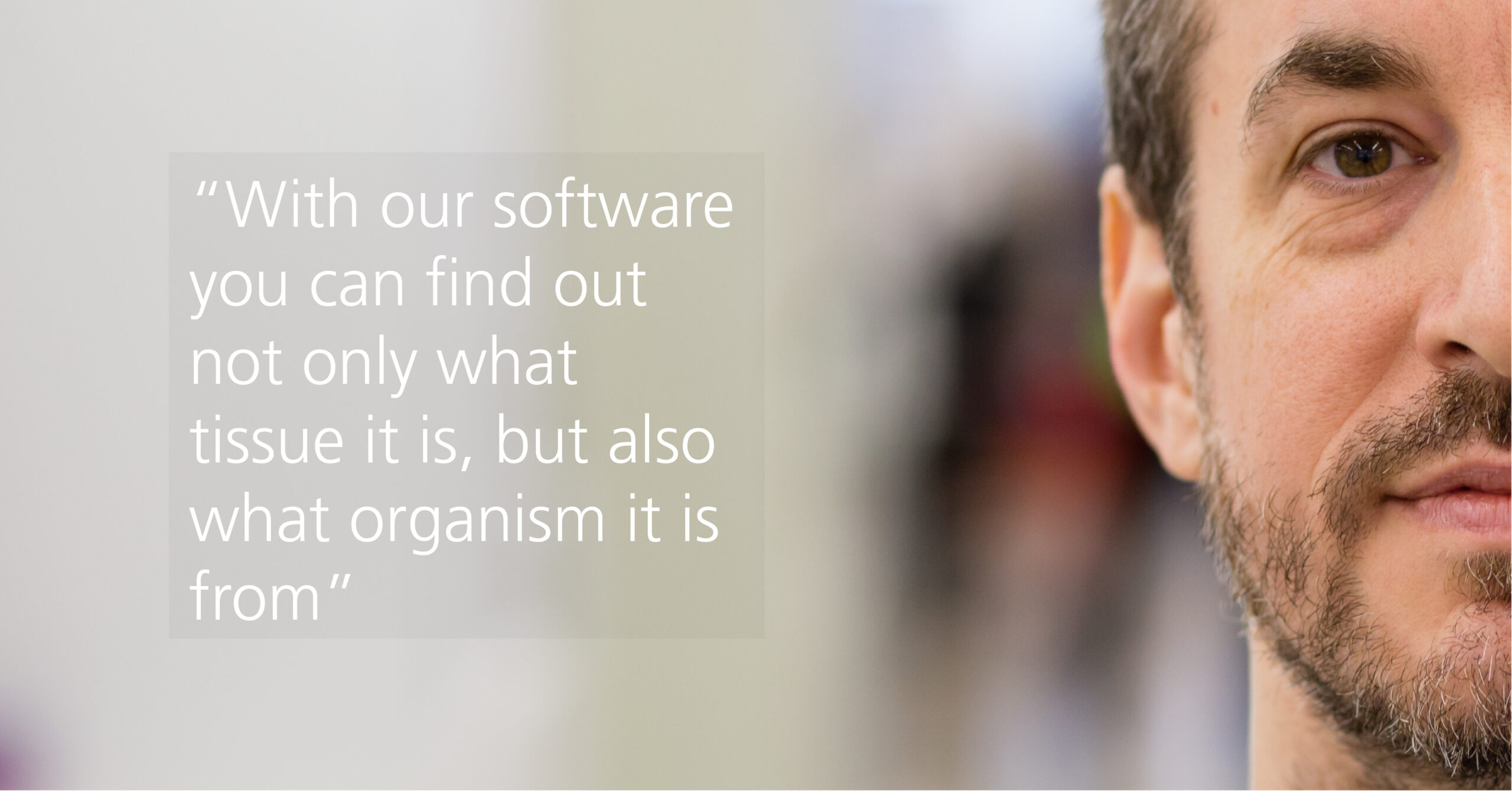
MicroRNAs are small, non-coding RNA molecules, that can target multiple genes and thereby regulate the expression of several proteins. What the Friedländer group has found is that they can also be used to accurately trace biological samples to their taxonomical origins, or in other words: By analyzing MicroRNA you can tell which type of organism a sample of tissue belongs to, something that can be useful in a number of fields. Those who are into crime shows on TV may have already guessed one such use: Forensics.
“So for instance if you imagine a crime scene and you find some tissue, one of the first things you want to know is if it’s from a human or if it’s from an animal. With our software you can find out not only what tissue it is, but also what organism it is from”, says Marc Friedländer.
Food quality control is another area this technique can be used in. If you are buying a package of minced chicken, it may be nice to know if what you are buying is actually chicken, or if it is in fact ten percent rat – with the software miRTrace developed by the Friedländer group you can analyze a sample of the meat and find out what kind of meat it is, and if it is in fact several different types. Parasitology is another application. The group has for example found microRNAs specific to a parasite inside the blood of a mouse they have examined.
Perhaps the most important use of the tool for the Friedländer group, and what they actually intended the software to be used for when developing it, is quality control in research. The group analyze hundreds of data sets every year, and since results only are as good as the data they are based on – as many great minds probably have thought aloud – they felt the need to see whether their data was any good to start off with.
“So in a sense you could say that the project branches into two directions. One is the very geeky quality control aspect of microRNA research data, which is really only for research groups, and the other branch is that it can actually reach into society and be used for really specific applications”, says Marc Friedländer.
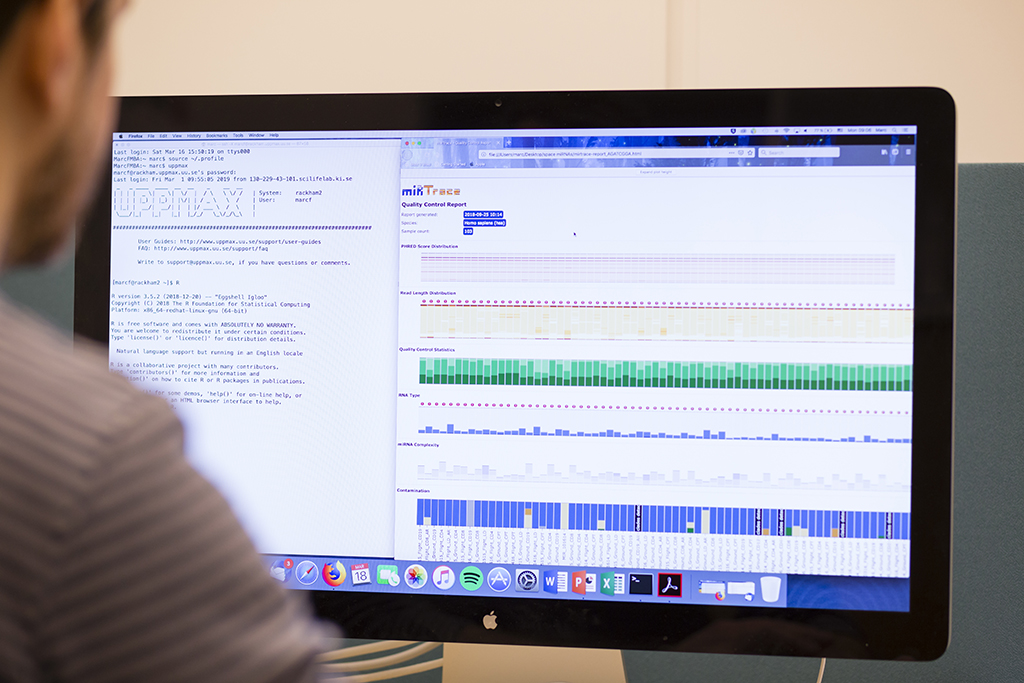
If you are working in, say, a human genetics lab and your neighbor are working with fruit flies, it can be quite useful to know whether what you are analysing is contaminated by the flies. This has, until now, not been that easy.
“In the sequencing field, there are many quality control softwares you can use to see if your data is of good quality. But for microRNAs there actually weren’t any tools like that, so that was a huge gap in the field and huge gap for our group. So we decided that we wanted to set out to develop such software”, says Marc Friedländer.
That is not the main thing they do, however.
“We only develop software when we feel that there’s a real gap. When we feel that we need certain software to do something and that software doesn’t exist, at all, then we develop it for our own use and make it available as widely as possible to the scientific community”, says Marc Friedländer.
Squeezing the biology out
Apart from developing new software, Marc Friedländer and his team try to “squeeze the biology out of data”, as he puts it. So how do you squeeze out biology? Well, when analyzing the type of data the Friedländer group is working on, the huge kind, it is rarely obvious what the useful data actually is. It is a bit like mining for gold, he says. You know it is there somewhere, but to get it out can be quite a pickle.
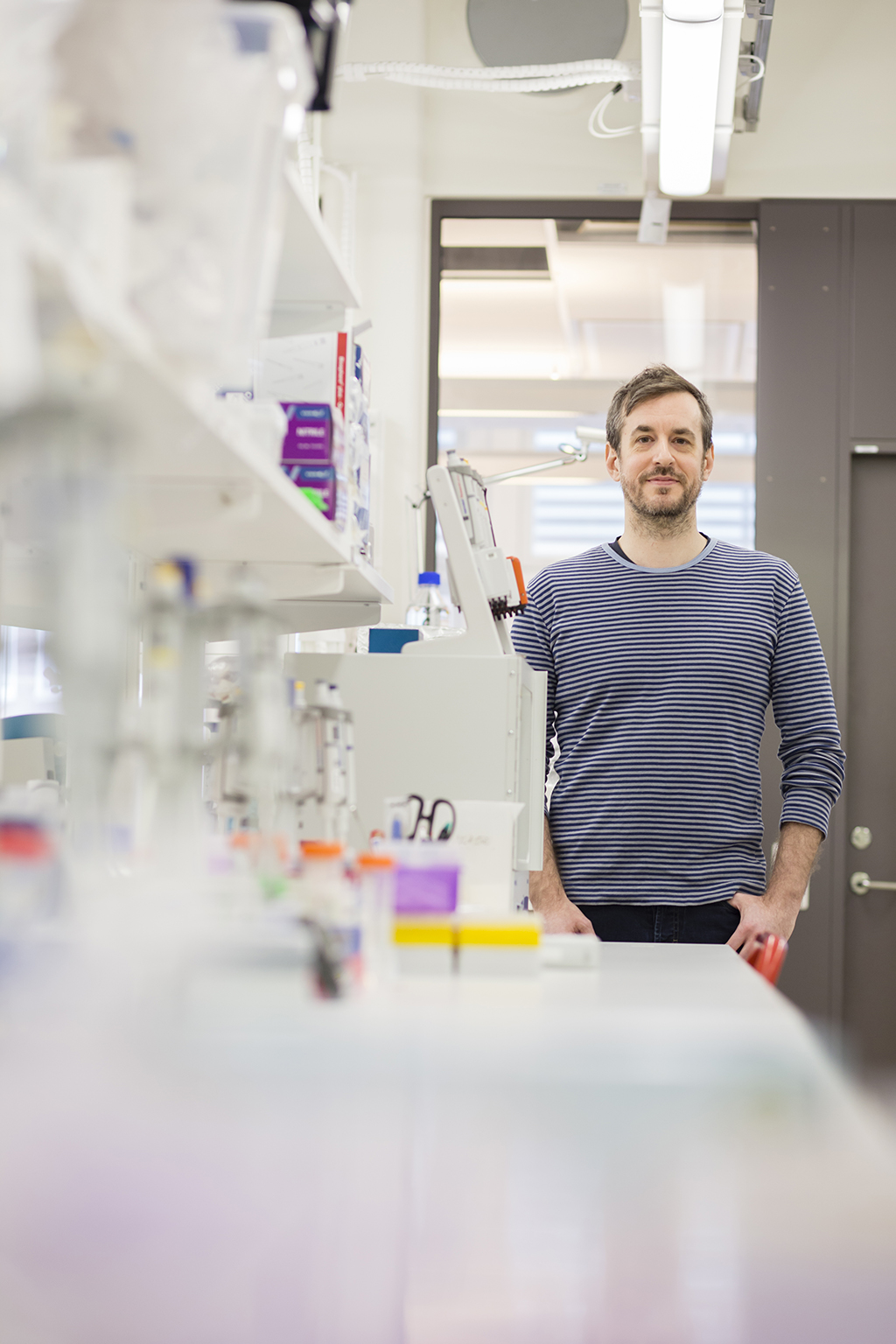
“We have hundreds of cells that each have their own transcriptomes, so there are expression profiles of thousands of genes in each of these hundreds of cells”, says Marc Friedländer.
In these thousands of profiles they can for example look for genes that vary with each other. Patterns can emerge, where one gene is highly expressed another gene is highly expressed – and when the first gene is lowly expressed, the second gene is also lowly expressed. They follow each other. It’s patterns like these the group tries to find.
A life’s work
For Marc Friedländer, the project with the tracing software started, albeit slowly, with his PhD in Berlin in 2006, where he worked with some of the first microRNA sequencing data ever generated. During this time, he was worried that data used in research, all over the world, may potentially be contaminated without any way of knowing if that was the case. After spending a long time thinking of possible solutions to the problem and reading papers from the evolutionary field, he realized that some microRNAs seemed to be very specific to particular branches in the tree of life. This meant that they could possibly be used to trace origins of tissue samples.
He started working on the idea as a side project during his postdoc in Barcelona. He made some crude software and performed a few simple tests. The results were promising, but there were only so much he could do with ten fingers and the research he was actually supposed to be doing taking up his time. When he by chance noticed an ad for a fellowship at the Science for Life Laboratory, and got it, the project could be given the attention it deserved.
The PhD student Wenjing Kang was put to the task of making a draft software that could be used for in-house tests of the hypothesis. The more work she put into it the more accurate the software was.
“She was really optimizing it and getting it to work”, says Marc Friedländer.

The group realized that what they had hypothesized, and hoped for, was actually the case – the software could with great accuracy decide the origins of tissue samples with the help of microRNAs. If any living soul were to use the program, it needed to be a lot more user friendly, however. Scientific programmer Yrin Eldfjell took over the development of the software and focused on making it run smoothly and be easy to use.
“So everybody in the project were in a sense indispensable”, says Marc Friedländer.
To be fair, Marc Friedländer points out, the software would be even more useful if more was known about microRNAs. There are gaps in the tree of life where there simply is not enough data that could be compared to the samples. A lot is known about microRNA in for example humans, fruit flies and mice, but there are quite a few blind spots. Mapping microRNA for every organism out there is a job for an entire consortium, not something the Friedländer group could do on their own, however.
“Showing what this tool can do already, I hope there will be such a consortium in the future, because microRNAs really seem to be nature’s optimized biomarkers”, says Marc Friedländer.
The next step
Marc Friedländer shows no sign of slowing down. In a project where they now investigate the functions of microRNAs in single cells, he says the goal is to “revolutionize the field”.
The group works with the hypothesis that the function of microRNAs is not only that they down regulate particular genes, but that they affect the whole network of genes.
“MicroRNAs have a particular function by having many soft effects over the entire network of genes. So in order to understand those functions, it’s necessary to look at all the genes and understand it in an integrated way”, says Marc Friedländer.
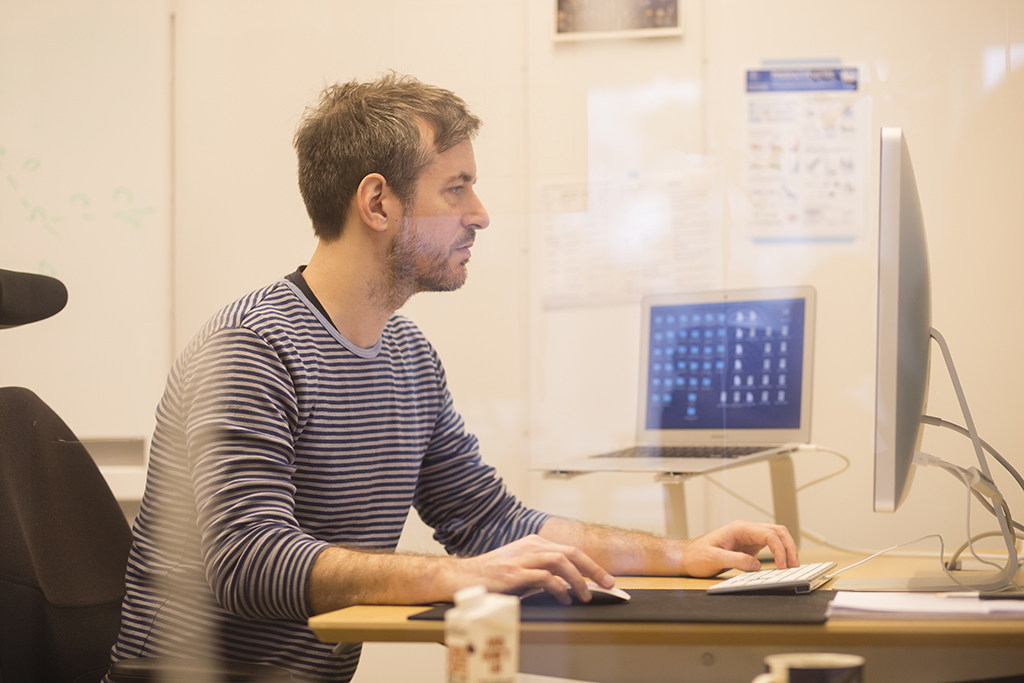
Sounds like quite the project.
“It is”, Marc Friedländer says and bursts out in a laugh, “it’s very challenging. We’re making progress but the type of data that we’re analysing, the single cell data, is very complicated. It takes a very long time to understand”.
The master of smørrebrød
The secret to a great smørrebrød is height. It needs to be at least as tall as it is wide, according to Marc Friedländer, who considers himself to be quite the master of making the traditional Danish open-faced type of sandwich.
“If you can hold it in your hand and fit it into your mouth it’s not tall enough, it needs to be eaten with a knife and fork. And you need to balance it, you should also have something a little bit green and a little bit fresh. It’s a lot about the presentation, it should have nice colors and contrast”, says Marc Friedländer.
“So, it’s not very healthy, you might as well rub the fat directly into your heart valve, but it’s very tasty”
In contrast to his own advice, one of his favorites is most likely the least balanced dish ever created – Marc Friedländer himself points out that it is “really carnivore”. It is called the Veterinarians Night Snack and consist of rye bread, a layer of duck fat followed by liver pâté, a bit of roughly grained salt and a piece of thinly sliced salty meat.
“So, it’s not very healthy, you might as well rub the fat directly into your heart valve, but it’s very tasty”, says Marc Friedländer.
A part from mastering the art of smørrebrød, Marc Friedländer has a collection of comic books of French and Belgian tradition, which he rarely gets to read – most of his spare time is spent with his partner Lina and Emil, his two year old son.
“He’s called Emil, like in Lönneberga, and he’s about as naughty”, he says with a laugh.
They spend most weekends at the Natural History Museum in Stockholm.
“It’s superfun for him to just run around and there’s a lot of things, like buttons he can push, and little interactive exhibitions, and some of the smaller exhibitions I think he realizes are of animals. I guess I’m also hoping I can transfer a bit of my love and interest for nature to him”, says Marc Friedländer.
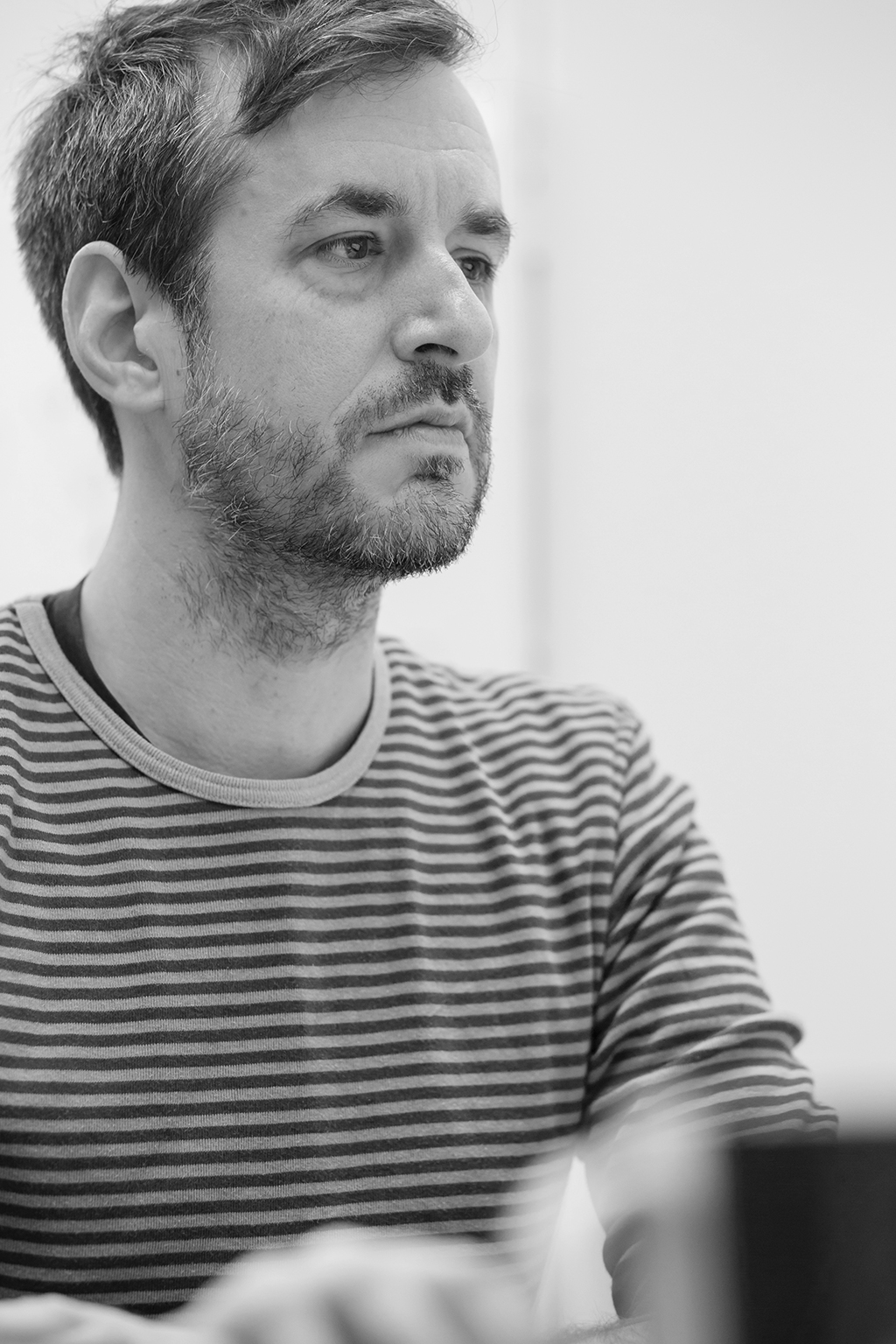
A critical mass of life sciences
Marc Friedländer describes SciLifeLab – where he is currently a Fellow – as an initiative to create a “critical mass of life sciences”. He finds it to be a good idea to create a well functioning centralized national infrastructure, and compares it to initiatives in his home country Denmark. There, in terms of sequencing, every university and every hospital has its own unit. When everyone’s got separate units, less resources is put into them as opposed to all resources going into a few state of the art units.
“Separate units may not have the very best people, or the very best instruments, or the very best protocols, and there is also a lot of redundancy”, says Marc Friedländer.
The community of researchers is another thing he points out in favor of SciLifeLab. He exemplifies this with the group meetings he is having with the research groups of other Fellows – Claudia Kutter and Vicent Pelechano. These group meetings turn into forums where ideas and comments from researchers with a wide array of backgrounds can flow.
“Claudia and Vicent are from Karolinska Institutet while I’m from Stockholm University. So if we would be sitting at our respective universities from the beginning, and not at SciLifeLab, we might not have met, or it might not have been practically possible with such a tight collaboration on a day to day basis”, says Marc Friedländer.
For more information on the miRTrace software and the tracing technique read the full paper published in Genome Biology
Text & Photo: Niklas Norberg Wirtén
